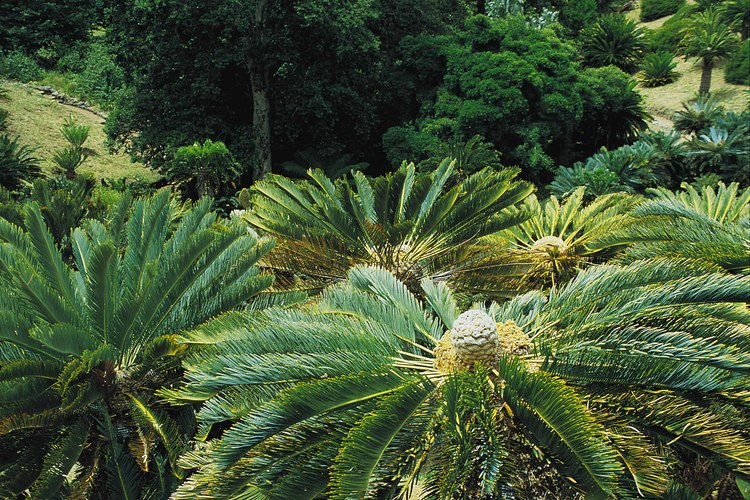
The Sunday Mail

Andrew Mangwarara —
ONE of my favourite group of plants are cycads – ancient relics. Cycads inspire a sense of awe and intrigue due to their architecture and are therefore one of the most abused group of plants. ln fact, they are now nearing extinct.
They have been seriously exploited over the years such that they no longer have a strong presence in the wild. According to the International Union for the Conservation of Nature (IUCN), of the 308 species of cycads in the world, 190 have a genuine threat of extinction.
The report notes the only hope for these species is to popularise them in the gardens and in turn lessen pressure on the wild plants. But how do we achieve this seemingly difficult task?
More cycads need to be reproduced. Cycads have separate male and female plants and so can be managed accordingly. Once the male plants produce their cones, collect their pollen and store it in refridgerated glass jars. Wait for the appropriate time to pollinate the female plant, which will produce cones that are usually larger than male cones.
Pollination time is usually noticed by the opening of the female cone scales. Mix the pollen water and pour this mixture into the cone from the top. The cone will close its scales in a few days. Once the seeds have matured, the cone will naturally disintegrate.
Wash the seed and plant by placing it halfway in river sand using the side of the seed that is attached to the cone. The potting mix for seeds must be mixed two parts sand to one part pine bark, peat or compost.
Keep the potting mix moist until all the seeds germinate, which could take as long as six months. Germinate the cycads in full sun. Once a true leaf has grown you can start to transplant seedlings into small plastic sleeves. Choose a well-drained site to grow a cycads in your garden.
If your site is not well drained, dig a one metre hole and place coarse soil or sand at the bottom before planting. Do not plant too deep but maintain the same level as in the pot or sleeve. Try not to disturb the soil root ball as cycads are very sensitive. Adding fertiliser or compost is permissible.
Also do not overwater these plants as many actually rot if waterlogged. Preferably, water the plants once a week in summer and much less in winter.
Scales, mealy bugs and aphids are common pests that however, can be controlled by insecticides like dimethoate, malathion, metasystox and endosulfan.
Fungicide such as benomyl, copper oxychloride, funginex or bravo should also be used to protect the plant from fungal infections.
However, it is important to not that cycads are poisonous to pets. Remedy after eating this plant usually involves drinking full cream milk to counteract the poison.
The best time to move cycads is from May to July. By the way, remember that permits are required for one to grow cycads in his or her garden.
Thus, before embarking on this project, one should get in touch with the National Parks and Wildlife Management Authority for this and other details.
But the cycas revoluta (Japanese Sago cycad) is common in gardens and does not require a permit. Our own threatened cycads are encephalartos chimanimaniensis, e.concinnus and e.manikensis.
According to the Red Data list of Southern Africa, e.chimanimaniensis appears to have been wiped out by collectors as no individuals can be sited from their last known location. As for the other two species, extinction is a real reality in the near future.
Growing cycads legally in our gardens is the way to go if ever future generations are to see these magnificent plants.
Happy gardening this Christmas!
Feedback: [email protected]



